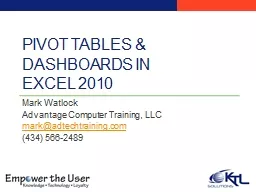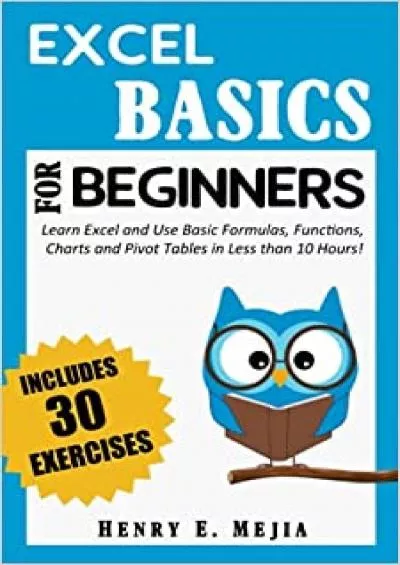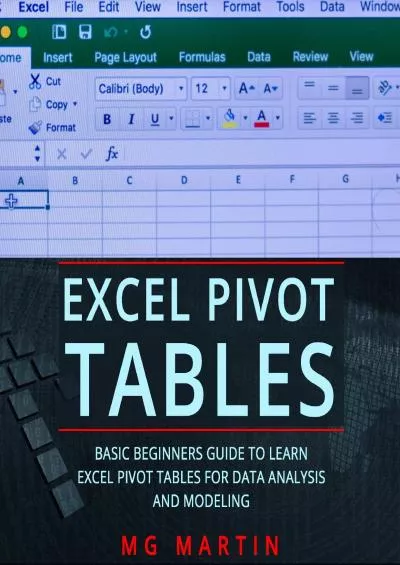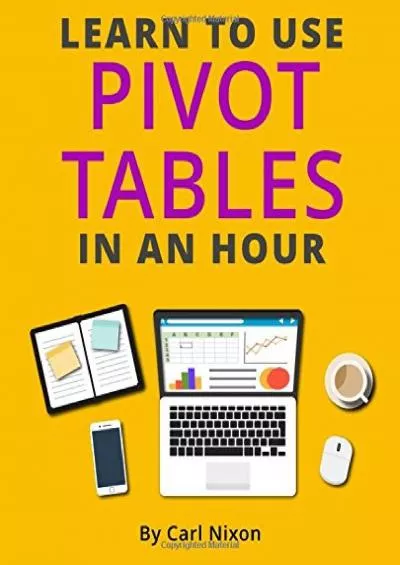PPT-Creating Interactive Reports Using Excel Pivot Tables
Author : conchita-marotz | Published Date : 2017-06-09
Brandon Aragon Research Technician CSUSB Office of Institutional Research November 2016 Our Fall 2016 Student Population 20767 CSUSB Colleges and Departments
Presentation Embed Code
Download Presentation
Download Presentation The PPT/PDF document "Creating Interactive Reports Using Excel..." is the property of its rightful owner. Permission is granted to download and print the materials on this website for personal, non-commercial use only, and to display it on your personal computer provided you do not modify the materials and that you retain all copyright notices contained in the materials. By downloading content from our website, you accept the terms of this agreement.
Creating Interactive Reports Using Excel Pivot Tables: Transcript
Download Rules Of Document
"Creating Interactive Reports Using Excel Pivot Tables"The content belongs to its owner. You may download and print it for personal use, without modification, and keep all copyright notices. By downloading, you agree to these terms.
Related Documents














